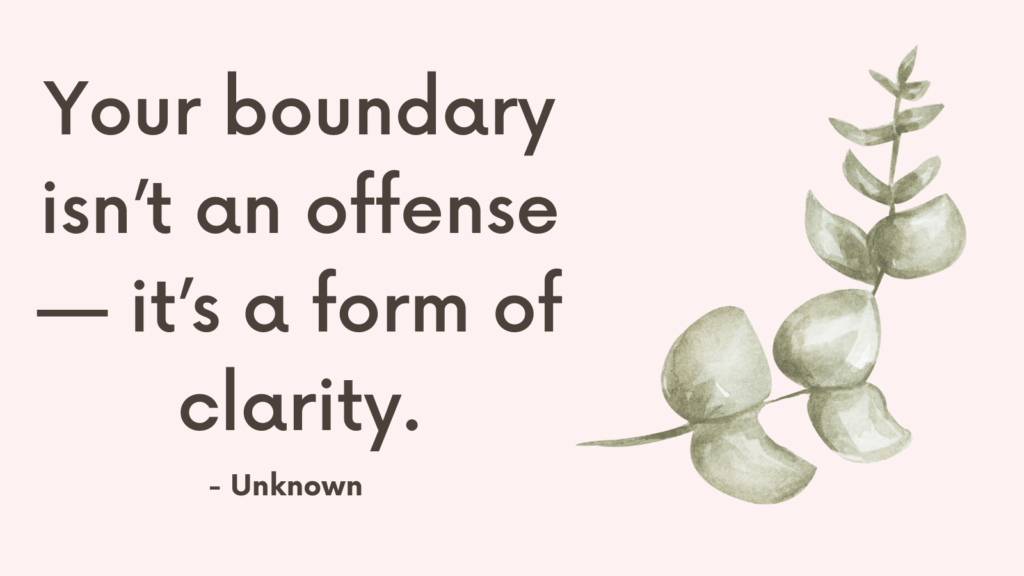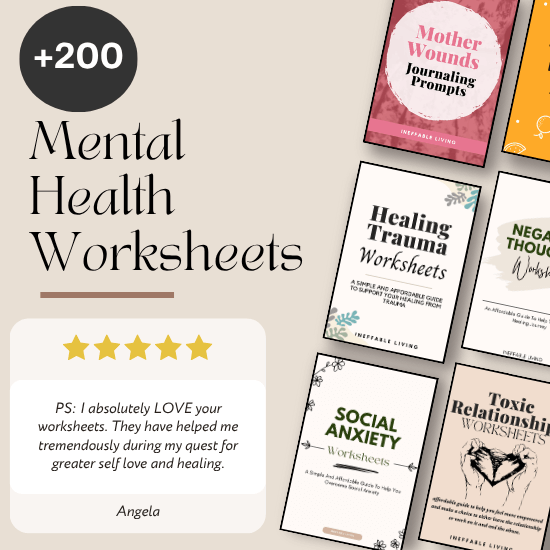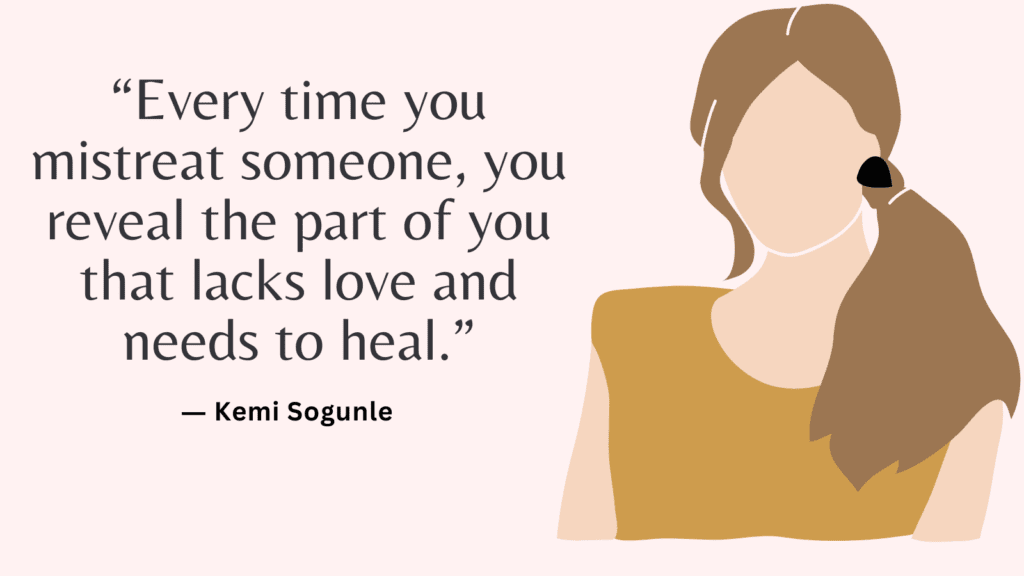You can explain yourself, clarify your heart, or defend your choices—and still be misunderstood. That’s because some people aren’t listening to understand. They’re listening to confirm what they’ve already decided about you. At some point, peace begins where the urge to be seen correctly ends. Mastering “let them think what they want” isn’t giving up—it’s growing up. It’s choosing your sanity over constant explanation.
Why Do We Care So Much About What Others Think?
We’re wired for connection. In early life, approval often meant safety and belonging. Over time, that natural need can morph into anxiety around image, reputation, or rejection.
You might care what others think because:
- You were raised to prioritize others’ comfort over your truth
- You fear abandonment, conflict, or disapproval
- You learned to seek validation instead of self-trust
- You confuse being misunderstood with being unworthy
But constantly managing perception comes at a cost: it fragments your identity, drains your energy, and keeps you emotionally dependent on external validation.
Signs You’re Still Trying to Control How Others See You
- You replay conversations and think of what you “should’ve said”
- You feel anxious when someone is silent, distant, or displeased
- You over-explain your intentions, even when it’s unnecessary
- You say yes when you mean no to avoid being judged
- You get stuck in guilt when someone misunderstands you
If you recognize these patterns, you’re not broken. You’re just ready to outgrow them.
What It Means to Say “Let Them Think What They Want”
It doesn’t mean you don’t care about others.
It doesn’t mean you become arrogant, rude, or detached.
It means you stop abandoning yourself to be understood by people who may never want to see you clearly.
It’s a conscious decision to:
- Detach from outcomes you can’t control
- Allow others to misinterpret you without spiraling
- Center your energy around self-respect, not reputation
- Recognize that your truth doesn’t need permission to exist
How to Master the Art of “Let Them Think What They Want”?
1. Accept That Perception Is Out of Your Control
People filter everything through their own pain, history, and beliefs.
Say to yourself:
“What they think of me isn’t a reflection of me—it’s a reflection of them.”
2. Ask: “Am I Trying to Be Understood, or to Be Free?”
Sometimes, trying to be understood keeps you tied to people who misunderstand you on purpose. Choosing peace may require being misjudged.
3. Stop Arguing With Stories You Didn’t Write
You don’t need to correct every version of your character floating around.
Let your life—not your explanations—be your response.
Related: Fear of Disappointing Others: Top 10 Ways to Overcome it
4. Sit With the Discomfort of Being Misunderstood
Yes, it might sting. But you’ll survive it.
Let the silence teach you this: “I don’t need to be seen accurately to be at peace.”
5. Anchor Into Who You Are—Not Who They Think You Are
Return to your own truth:
“I know what I meant. I know what I value. I know who I am.”
Repeat it when their version tries to replace yours.
6. Detach From the Need to Be Liked
Approval is a moving target. You don’t need to aim for it.
Choose authenticity—even if it costs you their comfort.
7. Reclaim Your Energy From Over-Explaining
Exhaustion often comes not from being misunderstood—but from trying to fix it.
Let your silence say: “I’m no longer performing emotional labor for your opinion.”
Related: The Danger of Being a People Pleaser
8. Surround Yourself With People Who Get It Without Needing Proof
Not everyone will get you—but some people will. Find those who understand without exhausting you. Let them be your mirror.
9. Create a Mental Boundary: “That’s Their Story, Not Mine”
When someone misunderstands or mislabels you, say internally:
“That’s their narrative. I don’t have to live in it.”
10. Make Peace with Being the Villain in Someone Else’s Story
You can be kind, honest, and well-intentioned—and still be seen as the problem.
Let them think what they want. Because your peace doesn’t depend on their permission.
Related: Unhealthy vs. Healthy Boundaries: What’s the Difference?

Conclusion
Mastering “let them think what they want” is a radical act of emotional freedom. It doesn’t make you cold—it makes you clear. You don’t need to be understood by everyone to be at peace with yourself. You just need to stop handing your worth to people who were never meant to hold it.



